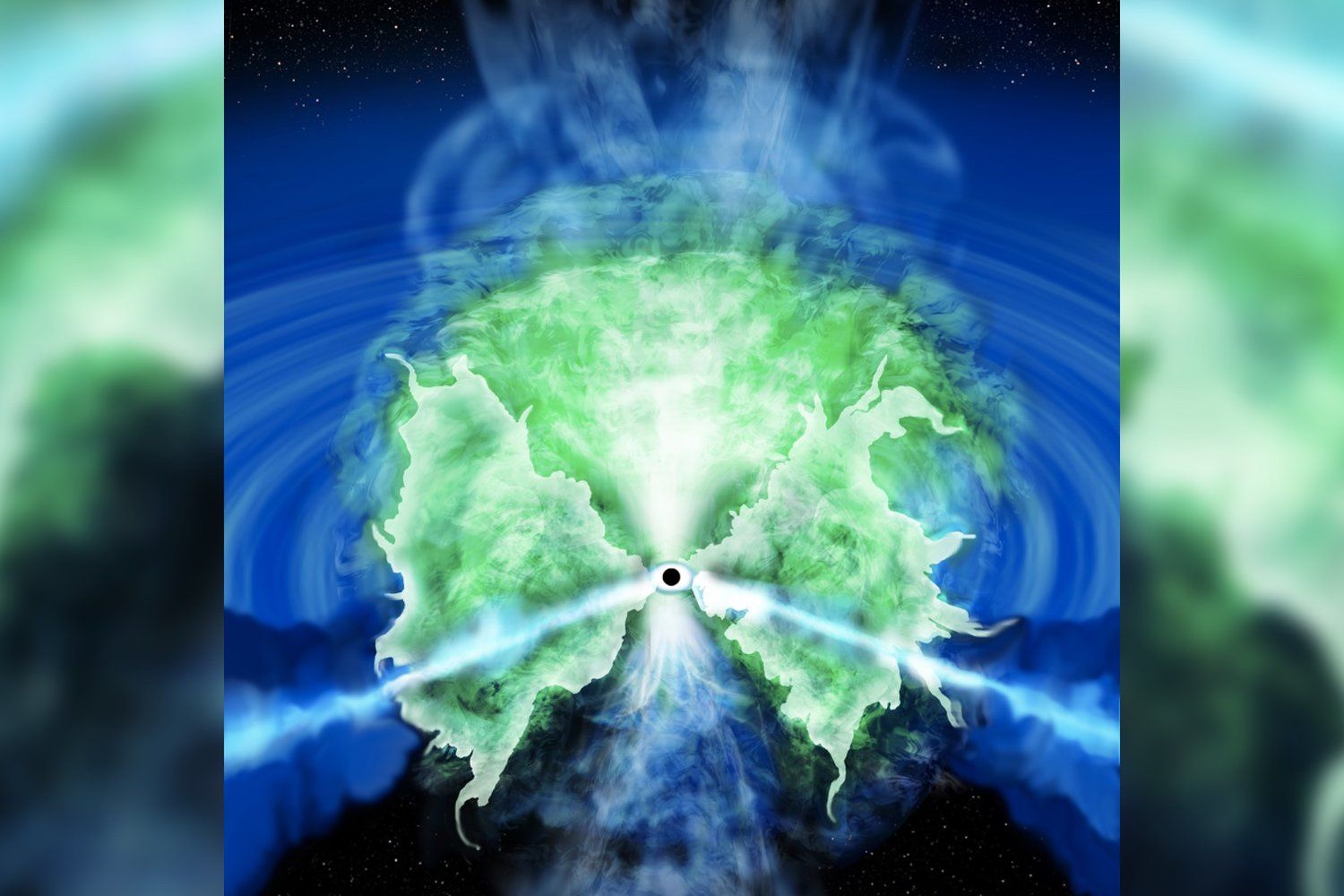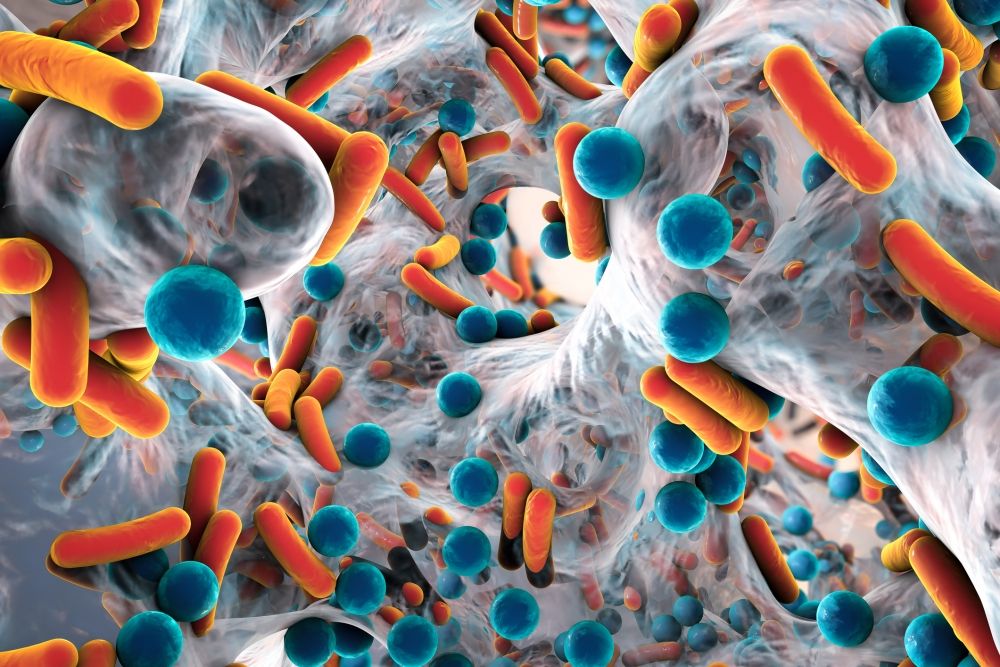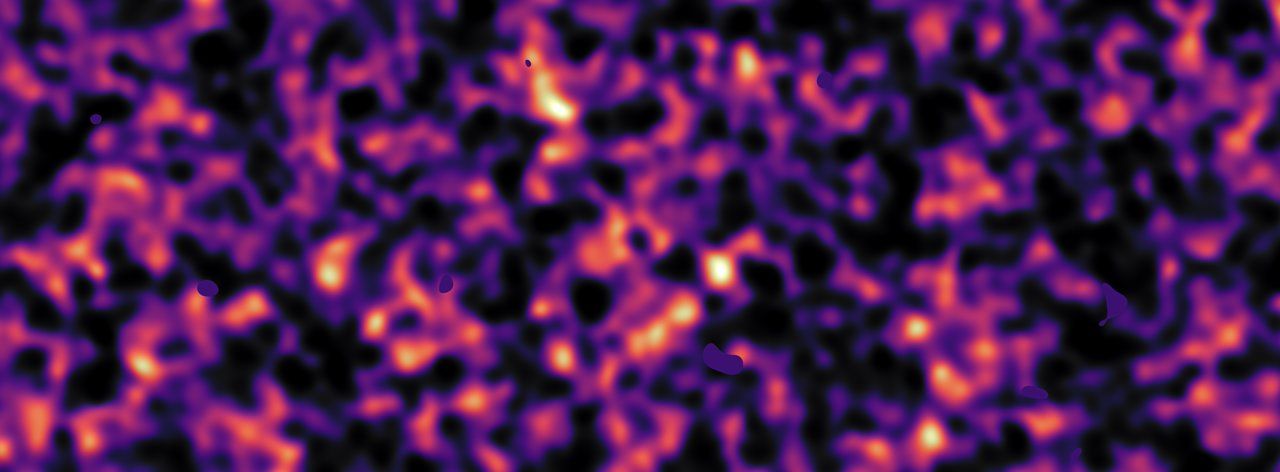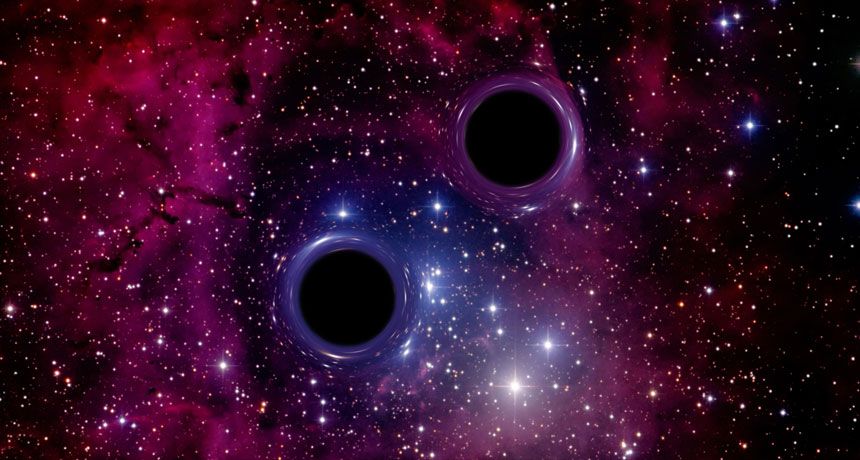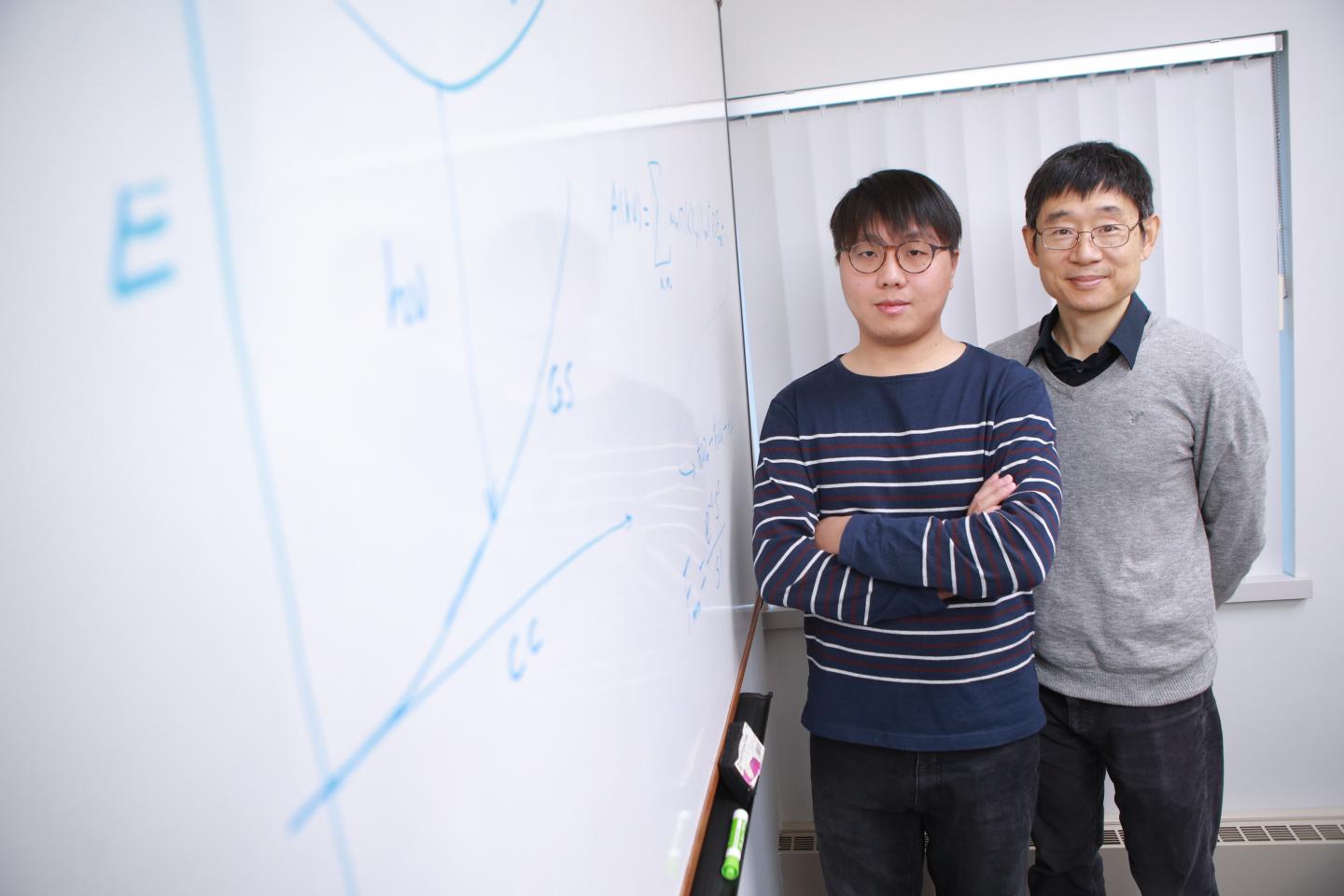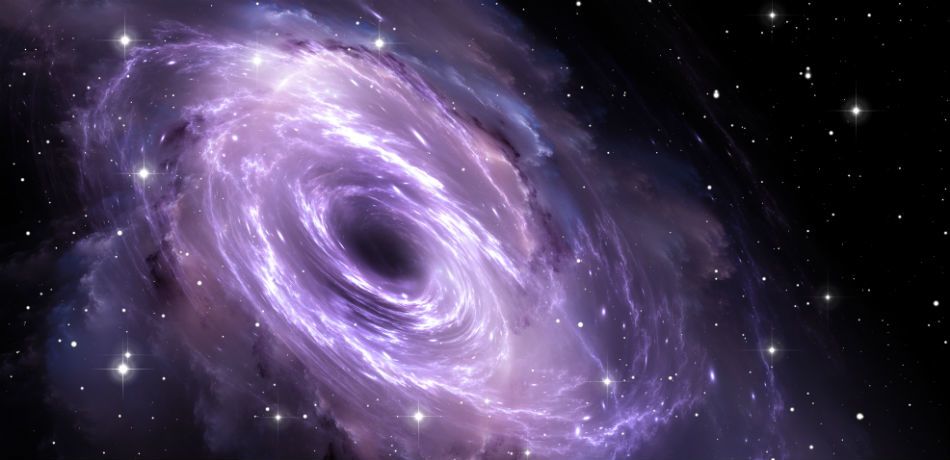Dec 10, 2018
Physics Suggests That Our Dreams Might Be Glimpses Of Other Dimensions
Posted by Victoria Generao in categories: cosmology, physics
If you have ever looked into the ‘many world’s theory’ you know that the world we live in is quite possibly one of many. Regardless of the multiverse hypotheses, you choose to follow/look into each one is truly fascinating for a number of reasons.
Basically, most of them touch on how there are many different worlds, universes, dimensions, or whatever you would like to call them. Each one the same as our own but also different in some way. For instance, in another world, you might be living the same life as you are now but perhaps politics had gone in a different direction. Maybe all of the presidents that were elected here in the US were opposite from how they are in our world. Maybe everything is the same except for you have different colored hair? The differences between worlds could be minuscule or extreme, it all varies.
Continue reading “Physics Suggests That Our Dreams Might Be Glimpses Of Other Dimensions” »



